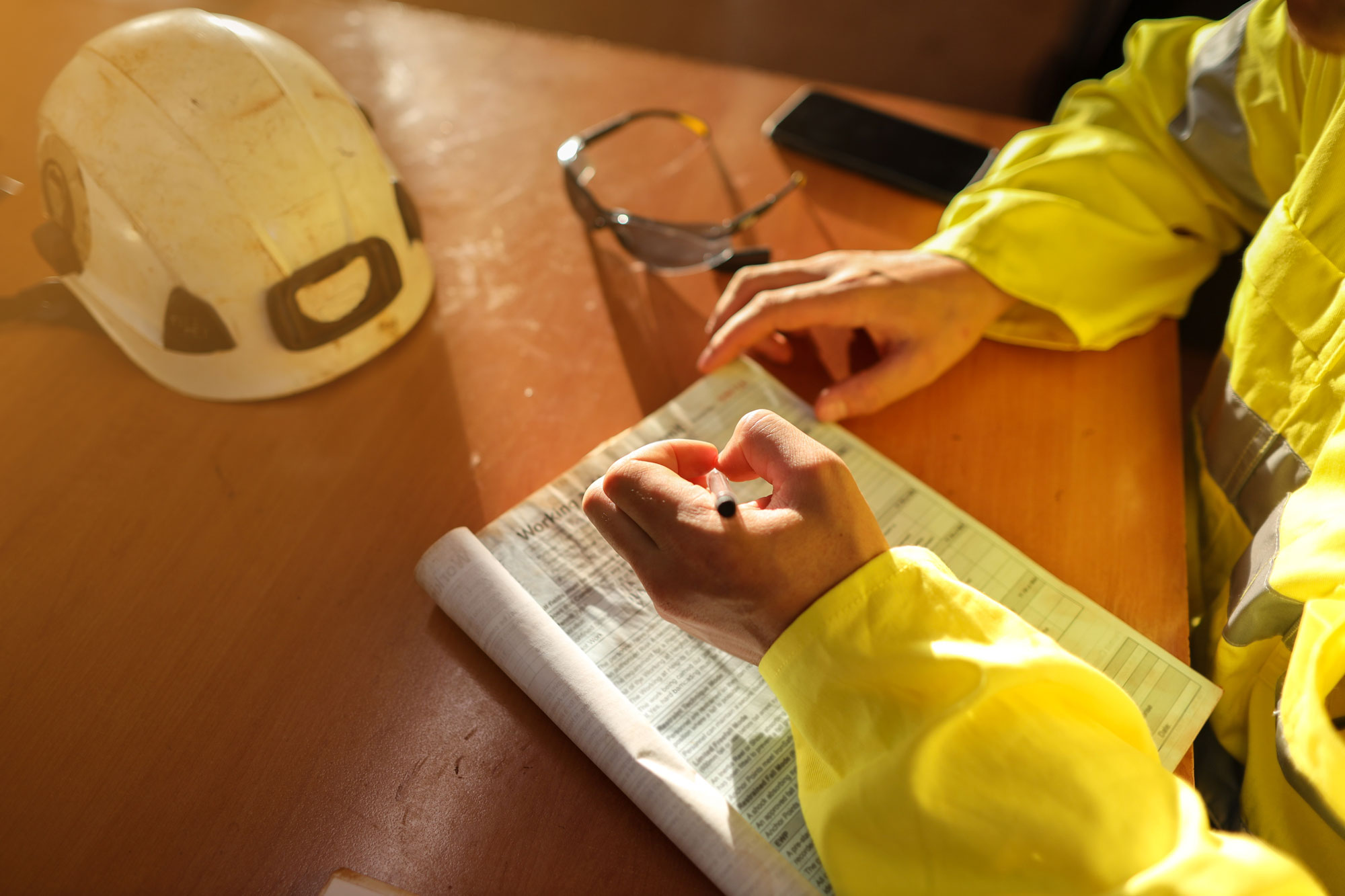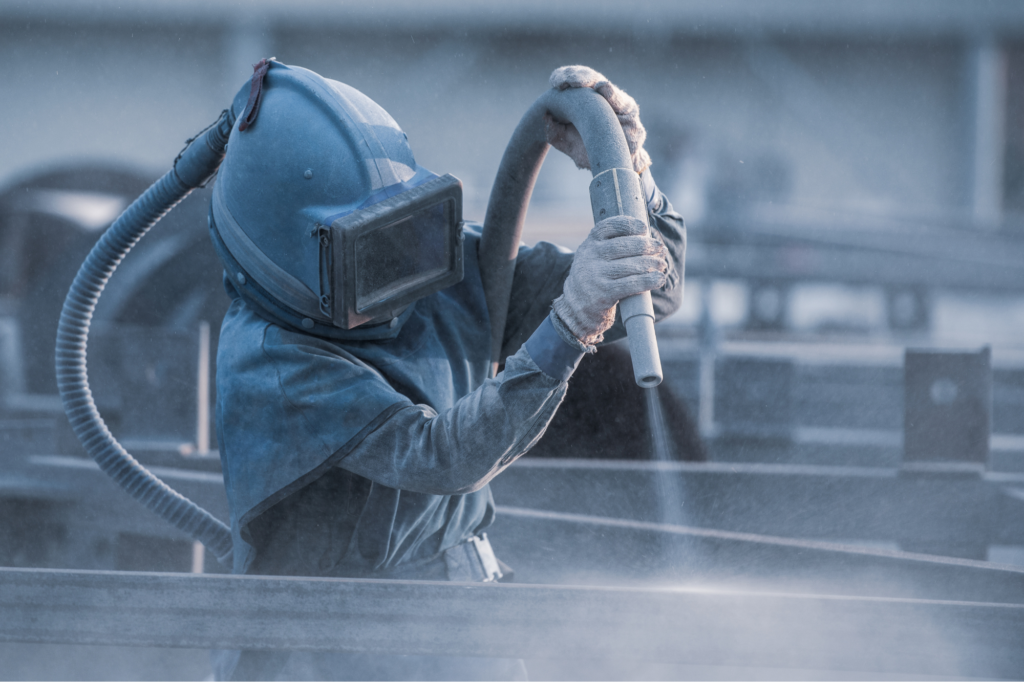
Using job hazard analysis to mitigate fall hazards
A job hazard analysis (JHA), also called a job safety analysis or task hazard analysis, is an effective method for systematically minimizing the risks at your worksite. Not only does the Occupational Safety and Health Administration (OSHA) recommend them for reducing workplace injuries and illnesses, but well-documented JHAs can also assist during audits.
JHAs are particularly useful for rooting and mitigating the causes of falls, which are a major contributor to on-the-job injuries. In fact, falls accounted for 364 out of 937 total deaths in the U.S. construction industry in 2015, making them one of OSHA’s “Fatal Four.” Below are few steps for using JHAs to mitigate fall hazards in your workplace.
Examine your hazards
To effectively reduce hazards, it’s essential to pinpoint problem areas and determine where to start. When it comes to fall mitigation, a thorough examination of your company’s incident data is a crucial first step. Take the time to review accidents and injuries over the past year, specifically focusing on when and where the most falls occur. Ideally, having an electronic reporting system will make it convenient to filter out falls (and near falls) from other incidents. By conducting this comprehensive review, you’ll gain valuable insights to guide your fall mitigation strategies.
Determine priorities
Once you have thoroughly examined your incident data, the next step is to use your information to prioritize certain jobs, jobsites, shifts, and teams. Analyzing the data will provide insights into key details such as the time of the falls (night or day), the location of the falls (multistory jobsites or level surfaces), and the severity of injuries resulting from different types of falls. Answering these questions will enable you to focus your efforts on the areas that will require immediate attention. This targeted approach ensures your fall mitigation efforts will have the maximum impact.
Review OSHA standards
Before beginning your fall protection efforts, it’s important to familiarize yourself with OSHA’s fall protection guidelines. For example, if there’s a possibility that a worker could fall into hazardous machinery, employers are obligated to provide guardrails and toe boards. In addition, OSHA requires employers to maintain clean and dry floors, provide protective equipment, and educate workers on the risks associated with falls. To ensure compliance and enhance the efficiency of your JHA, carve out time to thoroughly review the guidelines that are applicable to your organization. This proactive step will help you create a more efficient and comprehensive fall protection plan.
Involve your employees
To conduct an efficient JHA, it’s important to involve your workers and gain their cooperation. Clearly communicate to each team that the JHA is being conducted to prioritize their safety, emphasizing that it aims to study their working methods rather than to scrutinize their performance. Additionally, take time to interview employees individually to gather insights on potential fall risks, uncovering information that may not be evident in your records. By engaging with your workers and actively seeking their input, you can enhance the accuracy and effectiveness of your JHA.
Separate tasks
To further identify and address fall risks, it’s essential to break down the jobs with the highest risks into individual tasks. While your incident data may highlight which jobs carry the greatest fall hazards, observing your workers performing their duties will allow you to create a comprehensive list of their actions. By methodically listing each task, you’ll have a clearer picture of the potential fall hazards associated with specific job duties.
Identify hazards
Breaking jobs into tasks allows for a more focused identification of specific hazards. For example, if there’s a high incidence of workers falling as they’re unloading supplies, it could be discovered that the hallways that lead to and from that loading dock are cluttered. Alternatively, inadequate cleaning procedures may have resulted in slippery or debris-littered hallways. By examining tasks individually, it becomes easier to pinpoint the exact causes of accidents and falls, enabling you to develop targeted measures to mitigate these hazards.
Create checklists
After identifying the specific hazards that contribute to falls and near misses, the next step is to develop detailed checklists to prevent such incidents in the future. Consider the following questions: Are walkway surfaces dry and free of debris? Have the scaffolding systems been inspected recently? Are there ramps, ladders, and movable stairways provided where they’re needed? Conducting a thorough JHA will enable you to create checklists that address these types of questions. These checklists will serve as valuable tools for ongoing prevention efforts and will help to ensure necessary safety measures are in place to minimize fall risks
Reduce risks
While checklists are helpful for employees to verify the safety of their worksites, it’s important to go beyond that and make lasting improvements by addressing unsafe conditions and processes. Using the information gathered with your JHA, take action to implement procedural changes, acquire any necessary protective equipment, and provide retraining to the teams whose methods will be modified. These corrective measures are crucial for ensuring a safer work environment and minimizing fall risks. By actively making changes based on the JHA findings, you can make lasting improvements that will enhance workplace safety in the long term.
Conduct follow-up JHAs
To ensure lasting safety improvements and effectively address emerging concerns, conducting follow-up JHAs on a regular basis is essential. As your organization expands, new jobsites are established, and new workers are hired, new potential hazards will inevitably arise.
If you require a more efficient way to manage hazards at your jobsites, BLR® offers the most comprehensive environment, health, and safety (EHS) management tools that can help. These tools are designed to support your organization in achieving meaningful progress that will enable you to prioritize your employees’ well-being. With BLR’s EHS management tools, you can invest your resources in what truly matters: the safety and welfare of your people.



